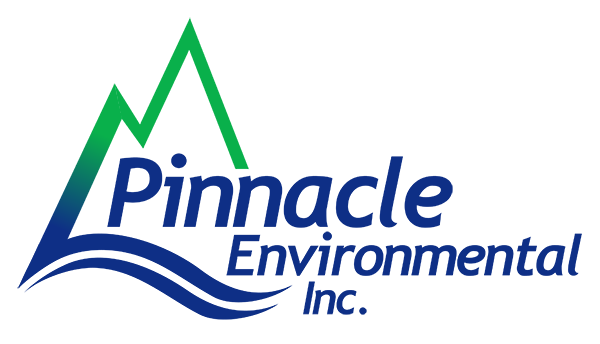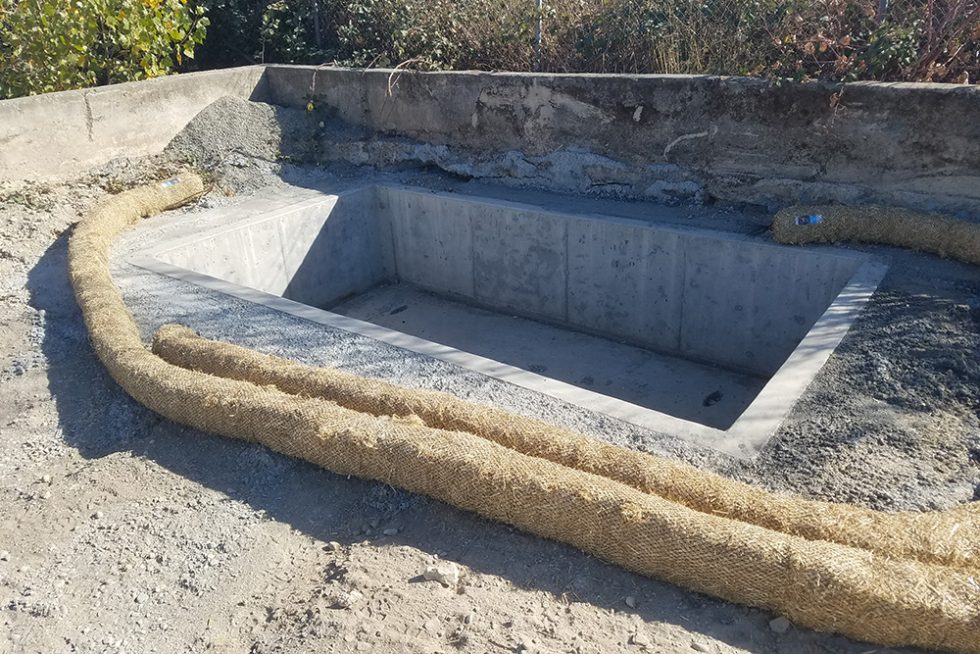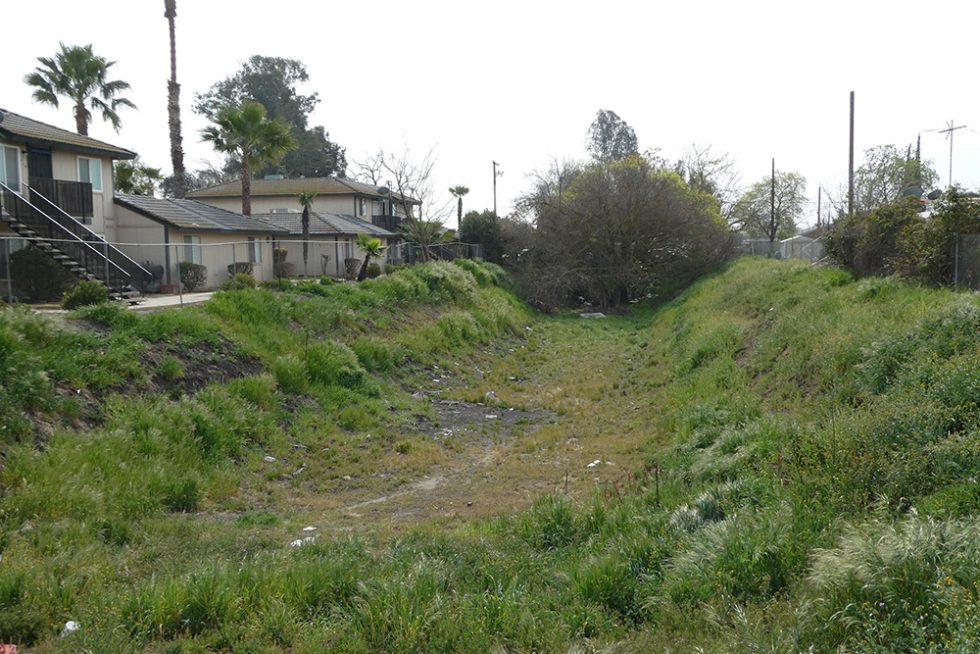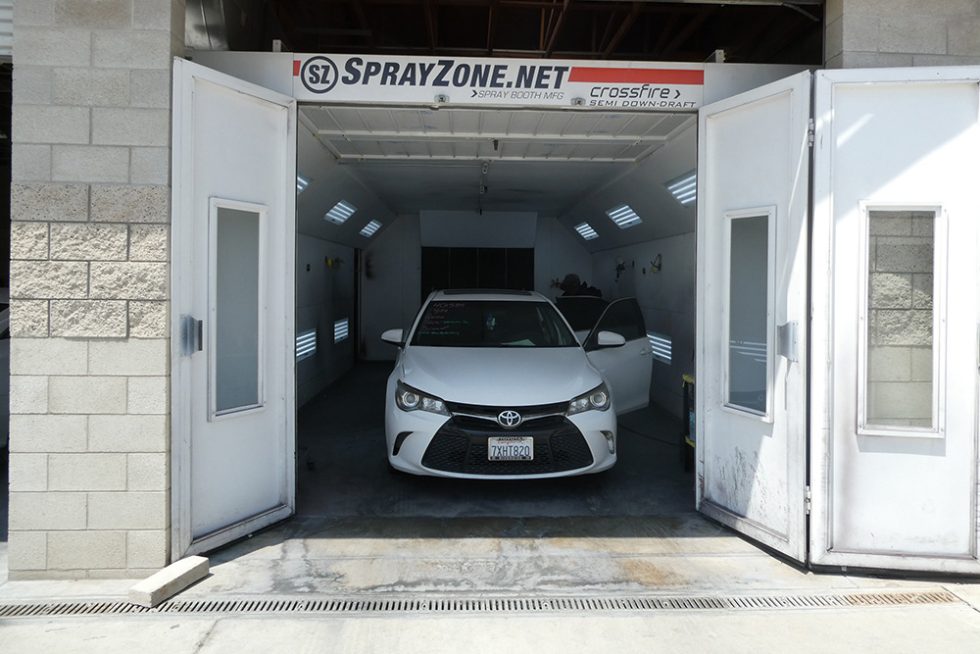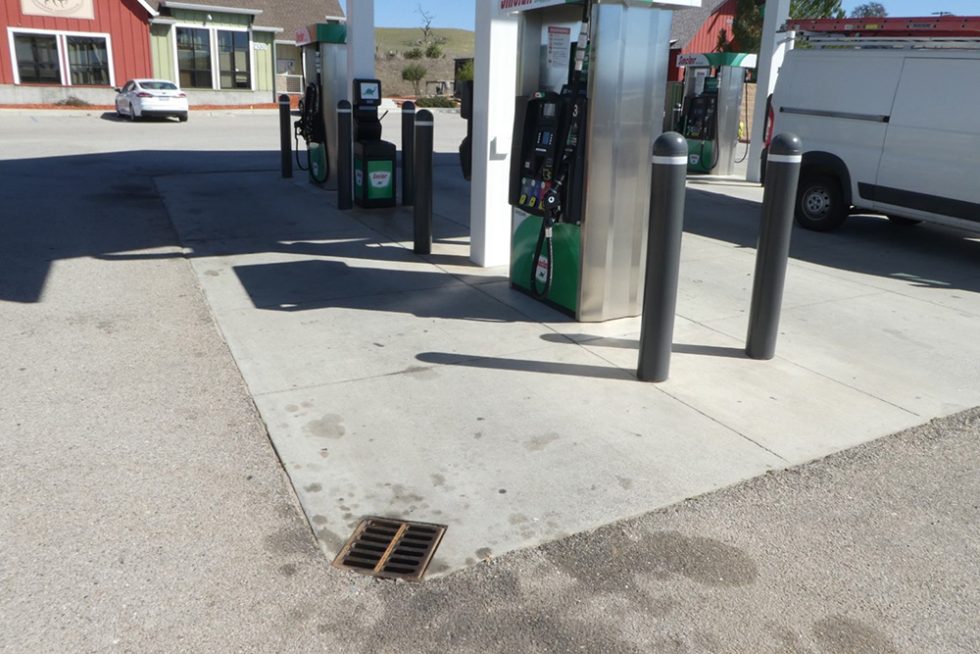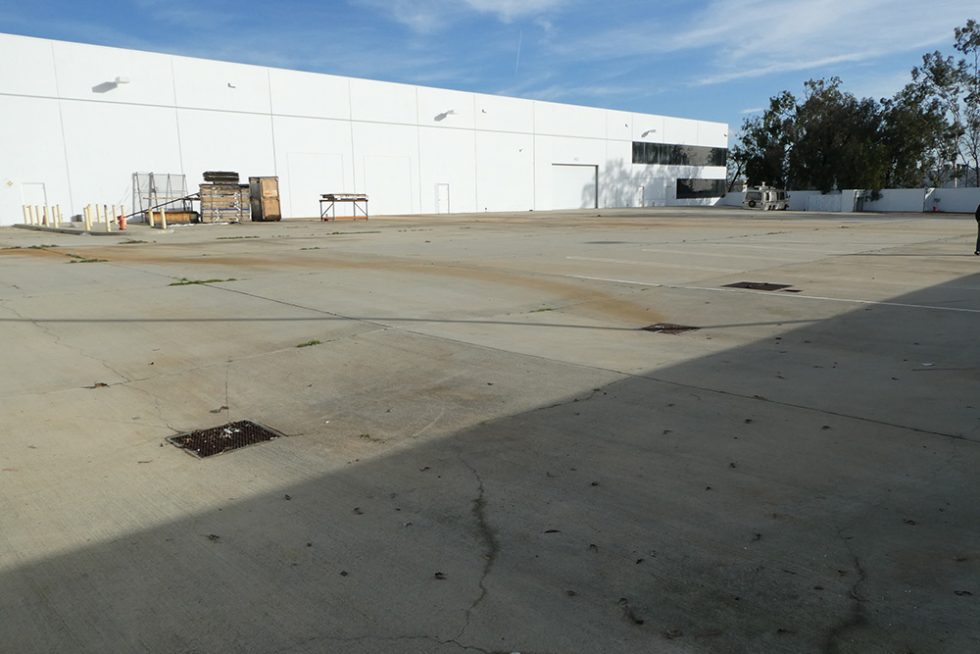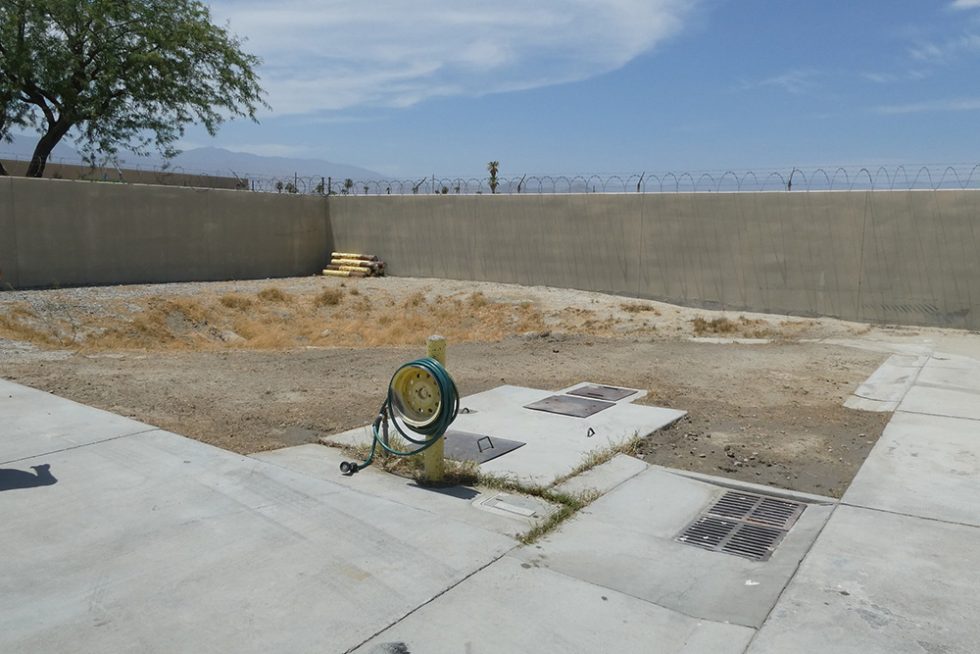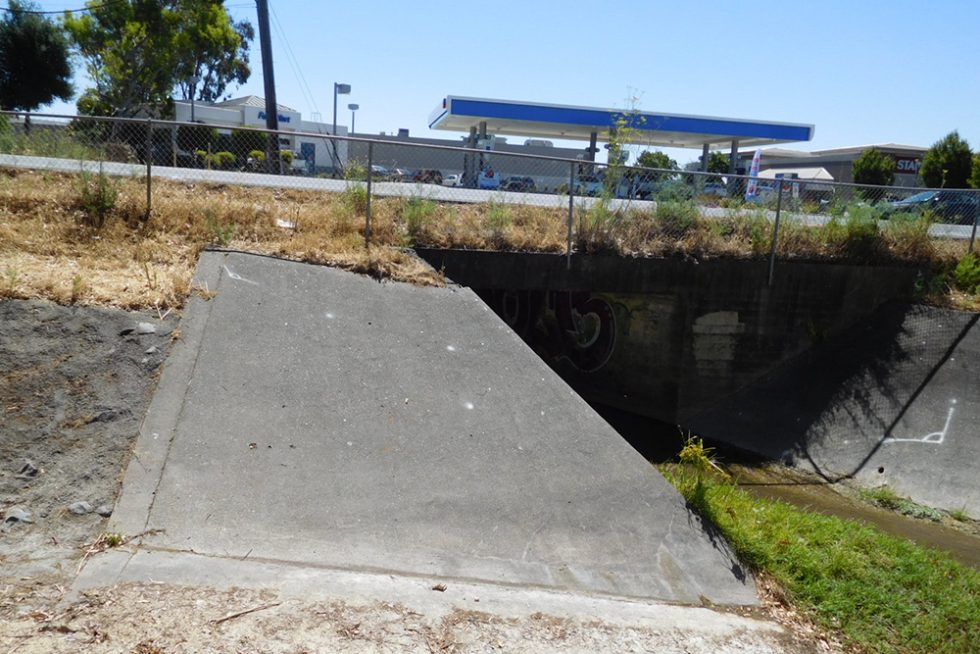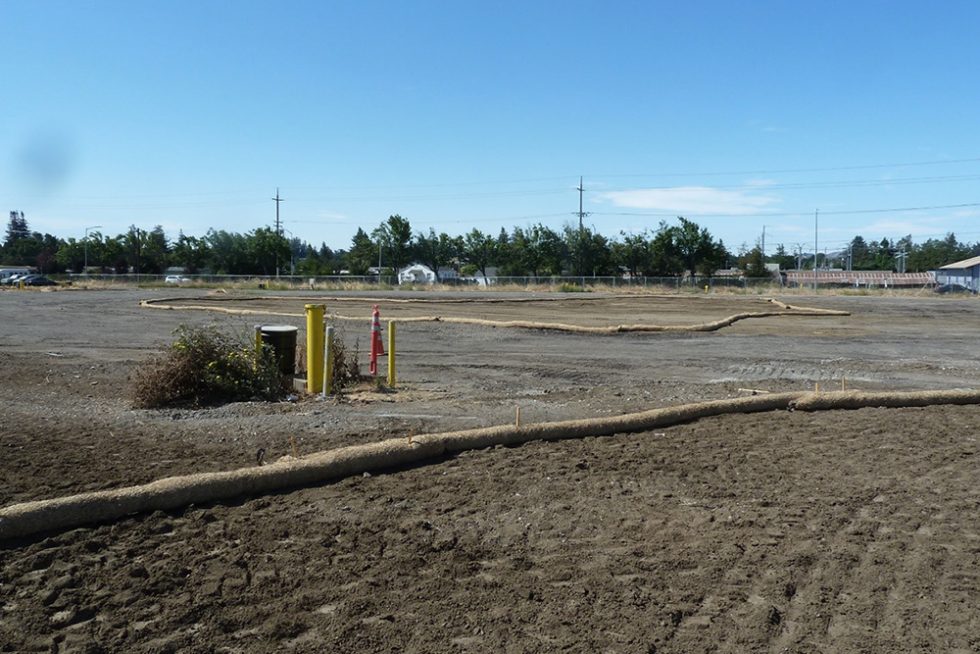Stormwater Pollution Prevention Plan
Stormwater Pollution Prevention Plan (SWPPP)
Stormwater pollution prevention plans (SWPPP) are documents that outline strategies to prevent or minimize pollutants from being washed into stormwater runoff during construction or industrial activities. The purpose of these plans is to help protect water quality and reduce the potential for harm to aquatic life and human health.
What is the procedure to create a Stormwater Prevention Plan (SWPPP)?
A Stormwater Pollution Prevention Plan (SWPPP) is a document that outlines measures to prevent or minimize stormwater pollution caused by construction, industrial, or other land-disturbing activities. The development of a SWPPP involves several steps, including:
-
- Site Evaluation: The first step is to evaluate the site and determine the potential sources of stormwater pollution. This may include identifying areas where erosion and sedimentation are likely to occur, identifying potential sources of chemicals or other pollutants, and evaluating the site’s proximity to waterways.
- Identify BMPs: Based on the site evaluation, the next step is to identify best management practices (BMPs) that can be implemented to prevent or minimize stormwater pollution. BMPs can include measures such as sediment and erosion control, stormwater management practices, and spill prevention and response procedures.
- Plan Development: The SWPPP document should include a description of the site and the activities that will be taking place, as well as a detailed list of the BMPs that will be implemented. It should also include a site map and a list of responsible parties.
- Implementation: Once the SWPPP has been developed, the next step is to implement the BMPs outlined in the plan. This may include installing erosion and sediment control measures, implementing stormwater management practices, and training staff on spill prevention and response procedures.
- Monitoring: Regular monitoring and inspection of the site are essential to ensure that the BMPs are effective and to identify any potential issues. This may include regular inspections of stormwater management systems, sediment and erosion control measures, and spill prevention equipment.
- Revisions: The SWPPP should be updated as necessary to reflect changes in site conditions or activities. Regular revisions and updates will help ensure that the plan remains effective in preventing stormwater pollution.
What types of sites are required to have a SWPPP?
The development and implementation of SWPPPs are required by federal, state, and local regulations. Construction projects that disturb one acre or more of land are required to have a SWPPP under the federal Clean Water Act. Many industrial facilities are also required to have a SWPPP as a condition of their stormwater discharge permit. Generally, the following entities are required to have a SWPPP:
-
- Construction Sites: Construction activities that disturb one acre or more of land are required to have a SWPPP under the federal Clean Water Act.
- Industrial Facilities: Many industrial facilities are required to have a SWPPP as a condition of their stormwater discharge permit. Examples of such facilities include manufacturing plants, transportation facilities, and mining operations.
- Transportation Facilities: Facilities that store or handle materials such as fuel, deicing chemicals, or hazardous waste may be required to have a SWPPP.
- Agriculture: Some agricultural activities may be required to have a SWPPP if they involve land disturbance or the use of chemicals that could impact water quality.
What concerns are SWPPPs designed to mitigate?
Stormwater Pollution Prevention Plans (SWPPPs) are designed to mitigate several environmental and health concerns associated with stormwater pollution. Some of the key concerns SWPPPs help address are:
-
- Water Quality: Stormwater runoff can carry pollutants such as sediment, chemicals, and nutrients, which can harm aquatic life and contaminate drinking water sources. SWPPPs help prevent these pollutants from entering waterways by implementing best management practices (BMPs) such as erosion and sediment control measures, spill prevention and response procedures, and stormwater management practices like rain gardens and detention basins.
- Habitat Destruction: Sediment from construction and other land-disturbing activities can harm aquatic habitats by clogging fish gills and altering the physical characteristics of streams and wetlands. SWPPPs help minimize sedimentation by implementing BMPs such as sediment and erosion control measures.
- Public Health: Polluted stormwater runoff can pose risks to public health by contaminating drinking water sources, causing beach closures, and spreading waterborne diseases. SWPPPs help prevent these risks by reducing the amount of pollutants that enter waterways and protecting public water supplies.
- Flooding: Poor stormwater management practices can increase the risk of flooding by causing water to accumulate in low-lying areas. SWPPPs can help reduce the risk of flooding by implementing BMPs such as detention basins and vegetated swales to slow the flow of stormwater and allow it to infiltrate into the ground.
